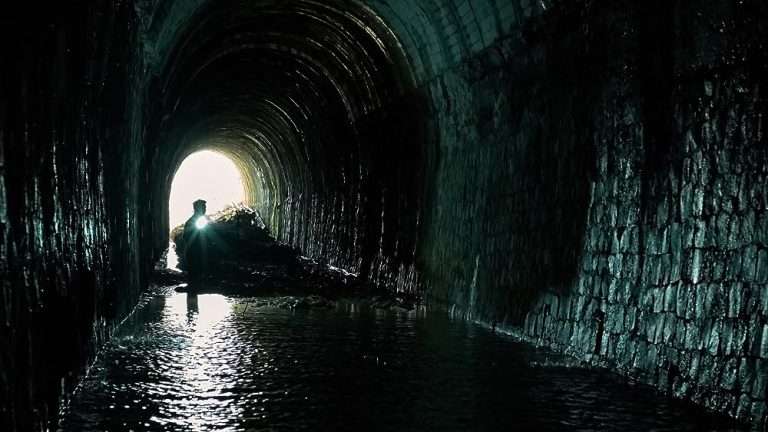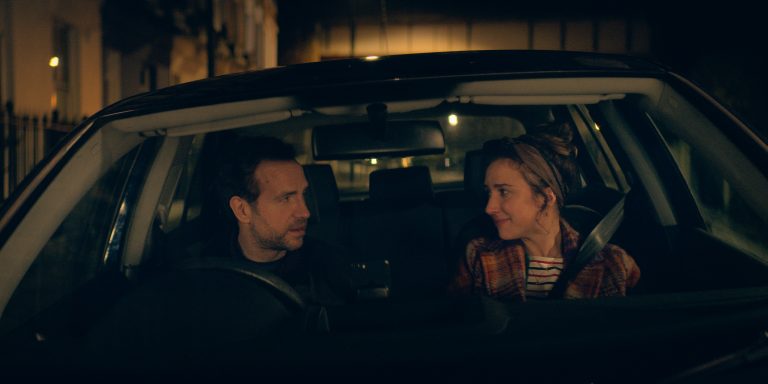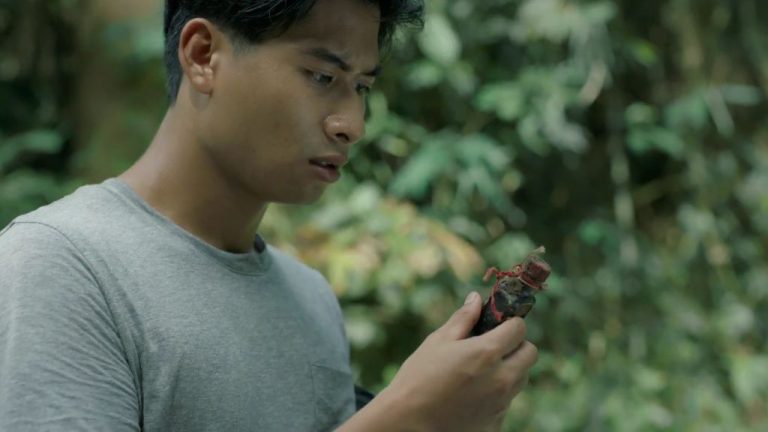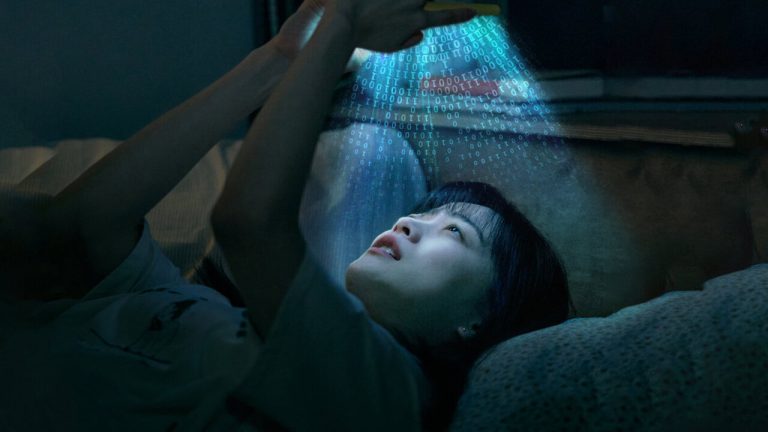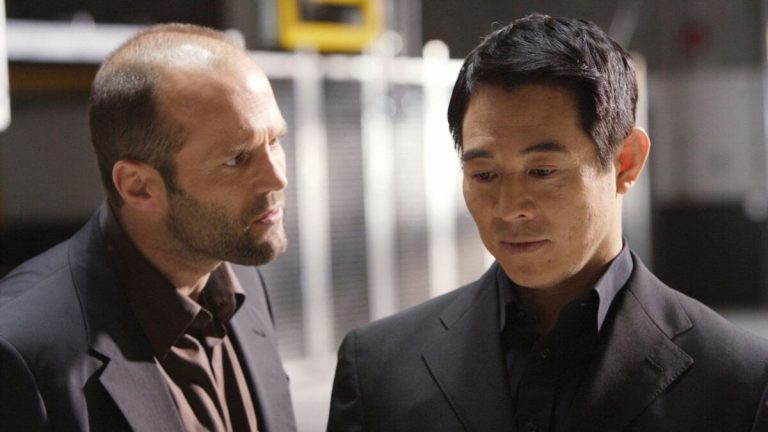Ryusuke Hamaguchi is a Japanese filmmaker with years’ worth of experience. With films like “Happy Hours” and “Asako I & II,” he became popular among film lovers across the globe. “Drive My Car” gave him a much-deserved success in the US, where the film was also nominated for a couple of Oscars. Most of his work is dialogue-driven and explores the intimacies of the human mind. His latest venture, “Evil Does Not Exist” (2023, Original title: Aku wa sonzai shinai), takes a more stripped-back, mainly observational approach to storytelling. This winner of the Silver Lion and FIPRESCI Prize at the Venice Film Festival is a heady contemplation on relevant themes.
Spoilers Ahead
Evil Does Not Exist (2023) Plot Summary & Movie Synopsis:
What is ‘Evil Does Not Exist’ about?
Ryusuke Hamaguchi’s “Evil Does Not Exist” follows the residents of a Japanese village, whose lives get threatened by a commercial project planned around the place of their residence. Through different characters, the film paints a multi-faceted portrait of the project’s possible impact on the local people’s lives. While doing so, it talks about the pervading issues of society as a whole.
What happens in ‘Evil Does Not Exist’?
“Evil Does Not Exist” is loosely divided into a couple of segments, which mostly explore the lives of the inhabitants of a Japanese village close to Tokyo. The locals live peaceful lives away from a world filled with industrialization. We meet Takumi (Hitoshi Omika), a single father living with his young daughter, Hana (Ryo Nishikawa). Takumi spends his time chopping wood and getting water from a stream. The only source of disturbance in their lives seems to be nearby shootings of deer.
After his work for Kazuo, Takami goes to fetch his daughter from school. He learns that she already left and finds her along the way. In the woods, she tries to identify the trees around her. Takami shows her the signs of the deer’s presence in the woods and the places they usually visit. At night, he joins some locals over a meal to discuss an upcoming meeting related to a new ‘glamping’ project in their area of residence. Some executives came up with this proposal and decided to proceed with it as quickly as possible.
The Glamping Project
The executives from an entertainment agency in Tokyo come to Mizubiki with a glamping project proposal. They want to offer city residents a cozy place to escape to nature. A young local, Tatsu, believes the agency is targeting pandemic subsidies to start a new business. Later, Takahashi (Ryuji Kosaka) and Mayuzumi (Hiroyuki Miura) from the entertainment agency conduct a meeting with the locals and show their commercial presentation. Their primary objective from this meeting is purely technical: to claim that they had a meeting with the villagers. Yet, the locals find many issues with the proposed plan.
Why do the villagers object to the glamping project?
Kazuo notes a problem with the septic tank, which won’t be able to accommodate all the people staying there. Takami objects to the location of the septic tank, which will affect their source of clean water and their agriculture. Minemura, a cook who moved from the city to Mizubiki specifically for the water’s distinct taste, objects to the proposal. She notes how the locals embraced her presence even though she was an outsider. Takami shares a similar sentiment since his ancestors were also settlers on that land. He advocates the need for balance between people and the natural habitat.
During the glamping project meeting, Takahashi only acts as a mouthpiece for his agency superiors and shows no initiative to help the locals. It angers Tatsu, who questions why the high-ranking executives are not present for the meeting despite being the decision-makers. Takahashi tries to justify the merits of the project for their source of income. A local objects to the idea of bonfires since their village is prone to getting caught in large fires. Tatsu thinks the agency is rushing the project because they will hit the deadline for their subsidies soon.
What does the agency do after their meeting with the villagers?
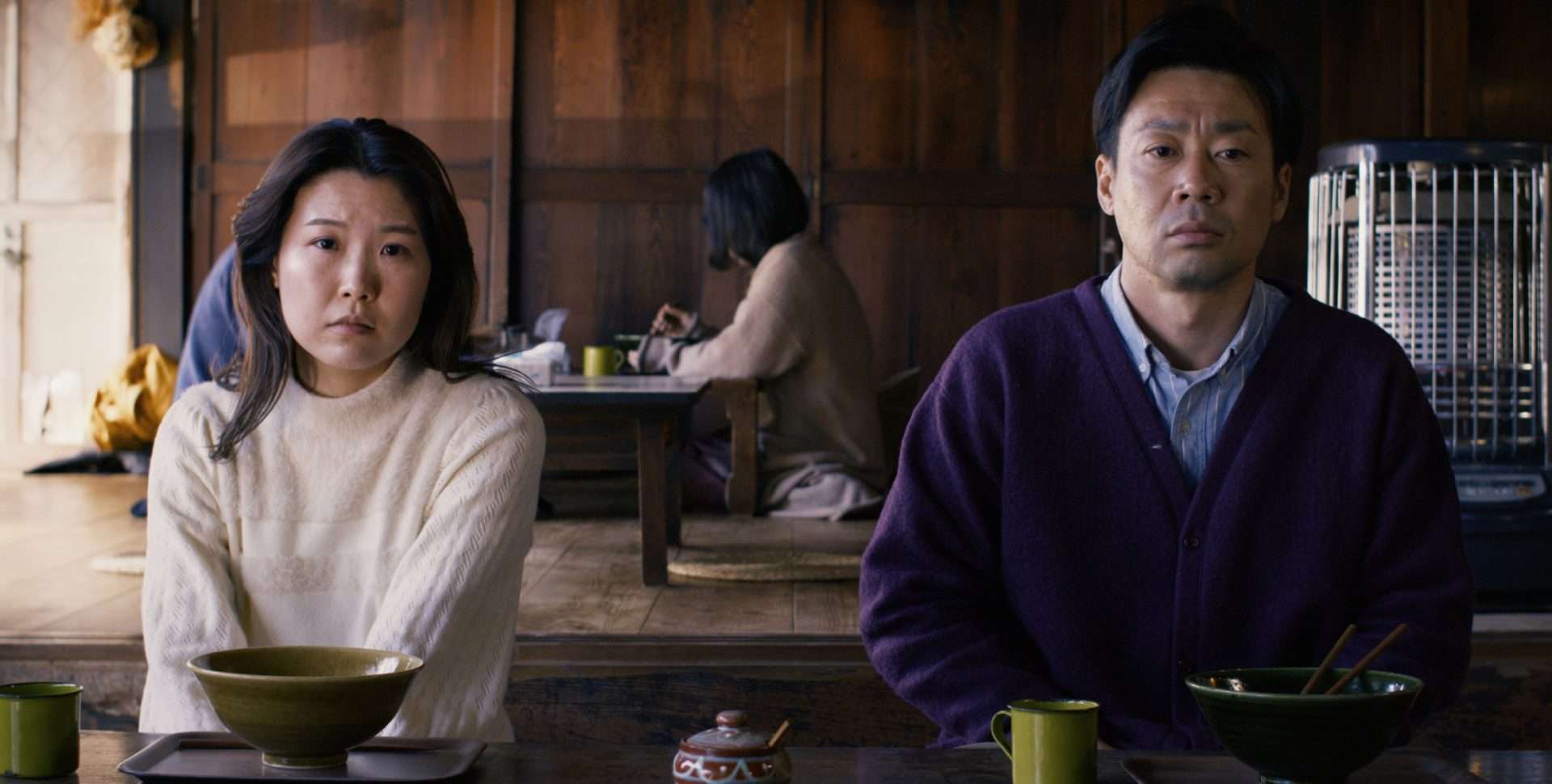
Takami tells the agency executives to return with an update on their qualms. Town Mayor Suraga concludes the meeting by saying that those at the top need to act responsibly to not let their actions affect those under them. Back in the city, Takahashi & Mayuzumi discuss the objections from the villagers with their higher executives. Instead of taking a constructive step to ensure a healthy balance, this superior exec decides to give it a spin that is positive for him. He decides to divide and conquer the locals while getting Takami on their side by paying him a salary as their glamping site caretaker.
Mayuzumi tries persuading him against this approach, which isn’t just unethical, but can also backfire on them. However, the higher-ranking executives do not pay heed to her concern. They send Takahashi & Mayuzumi back to the site. Along the drive, Mayuzumi reveals she worked in the hospitality sector. So, Takahashi says she shouldn’t work in a business like theirs that values money over morals or compassion. Then, he ruminates over how efforts do not often result in the reward one might expect. It reflects his disdain for the bureaucratic nature of his work that also kept him away from a stable relationship.
Evil Does Not Exist (2023) Movie Ending Explained:
Takahashi & Mayuzumi return to Mizubiki village to meet Takumi. Takahashi offers him the job as a janitor at their glamping site. Takumi says he doesn’t need money if they’re trying to buy his allegiance. Then, Mayuzumi requests him to be their consultant to know the place like a native would. Suddenly, Takahashi claims he wants to renounce his present life and move to their area. Takumi shares another matter of concern: the deer pass through the glamping ground. So, it can affect the visitors and vice versa.
Right after, Takahashi & Mayuzumi join Takami to get water from the creek. Along the way, Takahashi tells Takami to return to Tokyo by herself while he stays back. Suddenly, they hear a gunshot. Takami says someone might be hunting deer. He drives to his daughter’s school to realize that she already left for home. Takami goes through their usual route but can’t find her. So, he goes out looking for her, and Takahashi joins him. Early in the next morning, Takami finds Hana on an empty land next to a wounded deer. While Takahashi goes to save her, Takami stops and chokes him.
What happens at the end of ‘Evil Does Not Exist’?
As Mark Kermode mentioned in his review, viewers will most likely discuss the ending of this film, not just to know what it means but to know what actually happened. Well, in the end, we see Takami and Takahashi find Hana next to a deer that is shot. Takami stops Takahashi from approaching her and chokes him. The next moment, there’s no deer but just Hana, lying unconscious in the grass. While Takami carries her back through the woods, Takahashi struggles to walk back. Eventually, he falls back and presumably dies. Throughout the film, we witness an underlying theme about the inhabitants vs outsiders and the balance required to make the co-existence work.
Humans moved to this natural habitat that belonged primarily to wild animals. Besides the predatory hunting, the deer had to deal with the threat of gunshots. So, the film’s ending reflects a conjunction of reactions to change where the benefit or lack thereof is up for discussion. Be it Takami, the execs, Hana, or a deer, they all react to the change they notice likely happening to obstruct their flow of life. Takami (or the locals) react to the arrival of apathetic executives, whereas young Hana reacts to the absence of her mother. Although Takahashi’s death may seem like a perfect ending to a revenge tale, the film doesn’t seem interested in something as plain and simple as that.
Evil Does Not Exist (2023) Movie Themes Analysed
Inhabitants vs Outsiders
Takami, who also sees himself as a settler in the village, advocates for a healthy balance between inhabitants and outsiders. However, greedy or bureaucratic executives see opportunities for profits, even at the expense of disrupting the livelihood of the locals on the land they plan to use/occupy. This might impact the things that make this natural habitat. So, the film inadvertently sheds light on the need for the conservation of nature.
Capitalistic Greed
The Tokyo-based executives see a money-minting opportunity with subsidies being dispersed after the pandemic. They decide to make use of it and proceed with their plans without considering any other opinion or feedback. Although they project themselves as saviors, their words and actions reflect their greedy mindset. They try to justify their occupation by using the ways of communication or strategies they know. Yet, they undermine the people they plan to exploit.
Read More: Evil Does Not Exist (2023) Movie Review: Balance Is Key
Trailer:




